Travelling out from Navan town, just past the racecourse is a farm that turns heads. Over the last few years, fields along the road have been reseeded with multi-species swards. Martin Heaney got the idea while on a discussion group trip to South Africa a few years ago.
The multi-species sward, the bovine equivalent of Liquorice Allsorts, contains perennial ryegrass, red and white clover, plantain, chicory, yarrow and timothy grass.

Martin Heaney, Navan, Co Meath.
The thinking behind it is that the mix of species will provide a more diverse sward with more uniform growth and quality characteristics throughout the grazing season compared to just perennial ryegrass on its own.
Between slurry and chemical fertiliser, Martin has only applied about 100 units/acre of nitrogen to date and has no plans to spread any more this year. About 10% of the farm is in multi-species and growth rates are keeping pace or are ahead of the farm average.
The Irish Farmers Journal did not travel to Meath to discuss grazing swards. Rather, the plan was to discuss what grazes them. The Heaney herd has one of the highest EBIs in the country at €198, putting the 260-cow herd in the top 10 or 12 herds for EBI nationally.
“I came home from Warrenstown in 1986 and was farming with my father, Owen, and brother, Dermot. At the time, we had a Holstein Friesian-based winter milk herd and we were at that throughout the 1990s.
“By the late 1990s, we started to examine the breeding policy and began to use New Zealand Friesians which were being imported by the late Peter Daly. Then, in 2000, we won the Dairy Farmer of the Year award and both Dermot and I got the chance to go to New Zealand on separate trips. When we came back, we made the decision that we would only use bulls that were tested for a grass-based system,” Martin says.
Grass-based genetics
Using grass-based genetics meant that only bulls from Ireland, New Zealand or Australia would be used. Winter milk ceased in 2004 due to a lack of profit. Martin says milk price wasn’t high enough to cover the extra costs involved. He has since been crossbreeding with Jersey since 2008.
“We go on EBI, picking the highest-EBI Jersey and Holstein Friesian bulls. At this stage, about 80% of the cows have some Jersey in them and 98% of the current replacements have some Jersey in them.
“Mark Cassidy [dairy farmer] picks the bulls for the group by sorting them on a spreadsheet. Decisions are based on overall EBI, percentage and kilos of solids, fertility and health. A bull has to have a positive EBI for health or else we won’t use him. This year, we were looking for bulls that were at least 0.15% for protein and 0.22% for fat.”
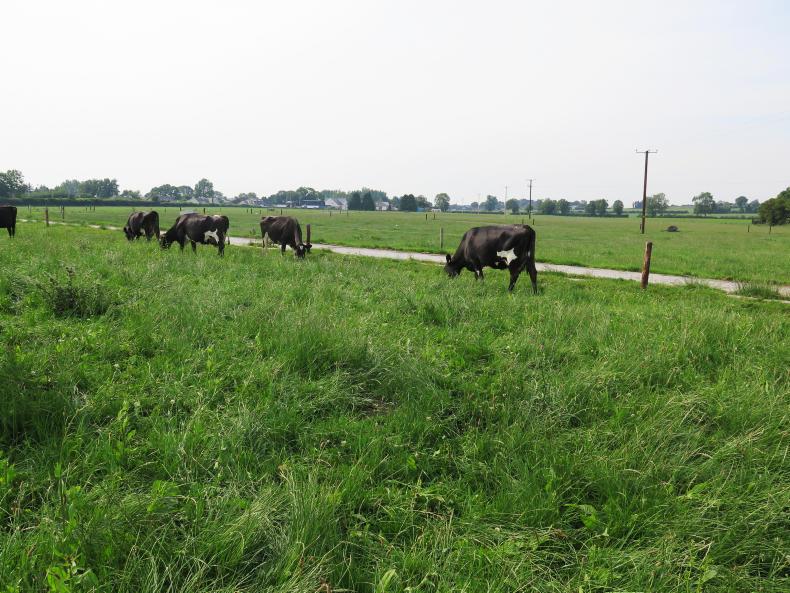
The crossbred cows have an EBI of €198.
This year, about 50% of the bulls being used are high-EBI genomically selected Holstein Friesian, 30% are pure Jersey and 20% are crossbred bulls, eg Kiwi Cross. I asked Martin why he uses any Jersey sires because Jersey bulls are generally lower EBI than Holstein Friesian.
“We’re very happy with how they perform and we think their EBI is undervalued. They’re a small- to medium-sized cow doing very high output in relation to their body weight. We think they’re a very efficient animal. Regardless of the breed, they need to be high-EBI, but I still think crossbreeding is the way to go.”
The Heaney herd performs very well, producing 497kg MS/cow in 2019 from 600kg of meal. The stocking rate on the milking platform is 3.3 cows/ha. Heifers are reared on a leased farm away from the platform.
Smaller cows eat less so we can either lower our feed costs or increase the stocking rate
Fertility performance is also excellent, with 8% empty after 11 weeks of breeding with all AI being used. Conception rate to first service was 63% last year and the six-week calving rate this spring was 91%. Martin says he’s looking to produce 1kg of milk solids for every 1kg of cow liveweight. The herd is currently doing 0.94kgMS per kilo of liveweight.
“Smaller cows eat less so we can either lower our feed costs or increase the stocking rate and produce more per hectare without having to buy in more feed. There are also other advantages to having a lighter cow, such as being able to reduce grazing damage in wet weather,” Martin explains.
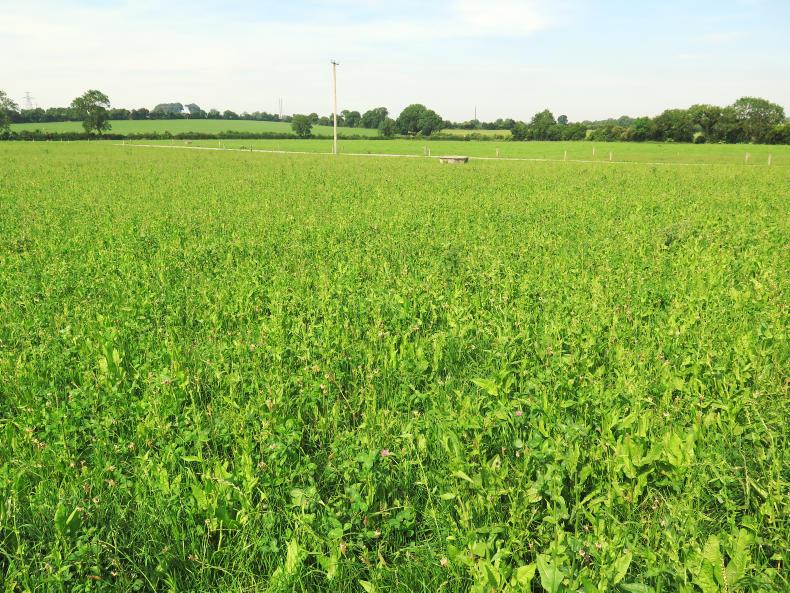
Multi-species sward on Martin Heaney's farm.
Recent publications by the ICBF suggest there is no difference in performance or profit between breeds in high-EBI herds. I asked Martin for his opinion on the ICBF Mythbusters analysis and other publications.
“I’m not so sure about it [Mythbusters]. I think it is one analysis with many variables. I think the only real scientifically sound one we’ve seen is the one from Moorepark where it’s done under research conditions and where the New Zealand purebred Jersey cows are outperforming the Next Generation herd. We’re looking to do 1kg MS for every 1kg of bodyweight and we’re getting very close to that. I don’t think we’d be able to do it with anything other than a Jersey crossbred cow.
“Of course, one of the issues is that in the nitrates regulations, a Jersey crossbred cow is given the same level of nitrate excreta as a larger cow, which in reality just isn’t the case.
“If this isn’t addressed we will see a drift towards larger, more environmentally inefficient cows. We are already seeing this trend towards bigger cows in many of the top bulls that are available today.”
Issues
I put it to Martin that there are issues with Jersey crossbreeding, such as lower calf and cull cow value. “Look, there’s no denying that there are issues with calves. I think it’s more of a perception than a reality. About 25% of our dairy bull calves go for slaughter. These are usually the earliest-born calves which tend to be smaller as most are out of heifers. The rest are sold locally or go for export. Even the good crossbreds out of cows – they’re reasonably happy to take them.
I think Jerseys make up only 4% of the national herd so it’s not a big contributor to the number of calves
“What we’ll do in the future is a bit of an issue and I think some of that is being politically driven. I think it’s a trade-off between a very efficient milking cow and the value of the calf. I think if we didn’t have Jerseys we’d still have an issue with black and white calves because to me it’s just a numbers issue in the spring. I think Jerseys make up only 4% of the national herd so it’s not a big contributor to the number of calves. I think that perception is wrong.”
Would Martin be willing to share some of the extra profit he feels he is making from using Jersey with, say, beef farmers who are buying these calves?
“I think we have to. Yes, I’d be willing to share some of that, whether it means I have to hold the calves for an extra three, four or five weeks or whatever it is, as we’re set up to do that.”
I think we need to fight for what we believe in
Will Martin continue to use Jersey genetics into the future? “I hope to. A lot will depend on the politics and what way things go, such as will there be slaughter available? Will there be live exports? With the Green Party involved in government things might change a little. I think we need to fight for what we believe in, which is a more efficient way to produce milk and we believe the Jersey is the cow to do that.”
Martin completes five weeks of dairy AI, but low-EBI cows presented for service in the first five weeks will get a beef straw. Beef AI is then solely used for the next six weeks to complete 11 weeks of breeding. Sexed semen has been used in the past but with mixed results. Martin says he would be slow to use it on the cows, but would consider it again for use on heifers.
Fertility and milk solids production may not be as good this year as the herd ran into a few difficulties with pica caused by phosphorus deficiency and while the issue now looks to have been resolved, yield and conception rate took a hit in early June.
What have we learned from the last two weeks of profiling high-EBI herds? Brendan Meade’s Holstein Friesians are producing high milk solids at 560kg/cow but are fed 2t of meal per cow. Empty rate is low in both herds but the length of breeding season is shorter and the six-week calving rate is higher in Martin Heaney’s crossbred herd.
This is not to suggest that one herd is better than the other; rather, it highlights that there are differences in systems and management between farms.
We are fortunate that Irish farmers have, up to now at least, had the choice to choose whatever system and breed best suits their situation.
Both herds were included in the ICBF Mythbusters analysis on breeds. This compared production, fertility, profit monitor and other data between high-EBI herds ranked on the proportion of Jersey within the herd.
It did not take into account differences in stocking rate or the level of meal being fed between herds
It concluded that Holstein Friesian herds had similar fertility but generated more milk income than Jersey crossbred herds. It did not take into account differences in stocking rate or the level of meal being fed between herds, all of which affects milk output. We have already observed major differences in system between just two of the 203 herds used in the study.
The ICBF has used Mythbusters to influence breeding decisions on farms, which I think sets a dangerous precedent as the advice is based on what many consider to be poor science. I would suggest that ICBF can serve Irish farmers best by making sure genetic evaluations are accurate and leave campaigning to politicians.
Read more
Watch: Royal County cows in top spot
Jersey crossbred most profitable breed in Clonakilty study
Travelling out from Navan town, just past the racecourse is a farm that turns heads. Over the last few years, fields along the road have been reseeded with multi-species swards. Martin Heaney got the idea while on a discussion group trip to South Africa a few years ago.
The multi-species sward, the bovine equivalent of Liquorice Allsorts, contains perennial ryegrass, red and white clover, plantain, chicory, yarrow and timothy grass.

Martin Heaney, Navan, Co Meath.
The thinking behind it is that the mix of species will provide a more diverse sward with more uniform growth and quality characteristics throughout the grazing season compared to just perennial ryegrass on its own.
Between slurry and chemical fertiliser, Martin has only applied about 100 units/acre of nitrogen to date and has no plans to spread any more this year. About 10% of the farm is in multi-species and growth rates are keeping pace or are ahead of the farm average.
The Irish Farmers Journal did not travel to Meath to discuss grazing swards. Rather, the plan was to discuss what grazes them. The Heaney herd has one of the highest EBIs in the country at €198, putting the 260-cow herd in the top 10 or 12 herds for EBI nationally.
“I came home from Warrenstown in 1986 and was farming with my father, Owen, and brother, Dermot. At the time, we had a Holstein Friesian-based winter milk herd and we were at that throughout the 1990s.
“By the late 1990s, we started to examine the breeding policy and began to use New Zealand Friesians which were being imported by the late Peter Daly. Then, in 2000, we won the Dairy Farmer of the Year award and both Dermot and I got the chance to go to New Zealand on separate trips. When we came back, we made the decision that we would only use bulls that were tested for a grass-based system,” Martin says.
Grass-based genetics
Using grass-based genetics meant that only bulls from Ireland, New Zealand or Australia would be used. Winter milk ceased in 2004 due to a lack of profit. Martin says milk price wasn’t high enough to cover the extra costs involved. He has since been crossbreeding with Jersey since 2008.
“We go on EBI, picking the highest-EBI Jersey and Holstein Friesian bulls. At this stage, about 80% of the cows have some Jersey in them and 98% of the current replacements have some Jersey in them.
“Mark Cassidy [dairy farmer] picks the bulls for the group by sorting them on a spreadsheet. Decisions are based on overall EBI, percentage and kilos of solids, fertility and health. A bull has to have a positive EBI for health or else we won’t use him. This year, we were looking for bulls that were at least 0.15% for protein and 0.22% for fat.”

The crossbred cows have an EBI of €198.
This year, about 50% of the bulls being used are high-EBI genomically selected Holstein Friesian, 30% are pure Jersey and 20% are crossbred bulls, eg Kiwi Cross. I asked Martin why he uses any Jersey sires because Jersey bulls are generally lower EBI than Holstein Friesian.
“We’re very happy with how they perform and we think their EBI is undervalued. They’re a small- to medium-sized cow doing very high output in relation to their body weight. We think they’re a very efficient animal. Regardless of the breed, they need to be high-EBI, but I still think crossbreeding is the way to go.”
The Heaney herd performs very well, producing 497kg MS/cow in 2019 from 600kg of meal. The stocking rate on the milking platform is 3.3 cows/ha. Heifers are reared on a leased farm away from the platform.
Smaller cows eat less so we can either lower our feed costs or increase the stocking rate
Fertility performance is also excellent, with 8% empty after 11 weeks of breeding with all AI being used. Conception rate to first service was 63% last year and the six-week calving rate this spring was 91%. Martin says he’s looking to produce 1kg of milk solids for every 1kg of cow liveweight. The herd is currently doing 0.94kgMS per kilo of liveweight.
“Smaller cows eat less so we can either lower our feed costs or increase the stocking rate and produce more per hectare without having to buy in more feed. There are also other advantages to having a lighter cow, such as being able to reduce grazing damage in wet weather,” Martin explains.

Multi-species sward on Martin Heaney's farm.
Recent publications by the ICBF suggest there is no difference in performance or profit between breeds in high-EBI herds. I asked Martin for his opinion on the ICBF Mythbusters analysis and other publications.
“I’m not so sure about it [Mythbusters]. I think it is one analysis with many variables. I think the only real scientifically sound one we’ve seen is the one from Moorepark where it’s done under research conditions and where the New Zealand purebred Jersey cows are outperforming the Next Generation herd. We’re looking to do 1kg MS for every 1kg of bodyweight and we’re getting very close to that. I don’t think we’d be able to do it with anything other than a Jersey crossbred cow.
“Of course, one of the issues is that in the nitrates regulations, a Jersey crossbred cow is given the same level of nitrate excreta as a larger cow, which in reality just isn’t the case.
“If this isn’t addressed we will see a drift towards larger, more environmentally inefficient cows. We are already seeing this trend towards bigger cows in many of the top bulls that are available today.”
Issues
I put it to Martin that there are issues with Jersey crossbreeding, such as lower calf and cull cow value. “Look, there’s no denying that there are issues with calves. I think it’s more of a perception than a reality. About 25% of our dairy bull calves go for slaughter. These are usually the earliest-born calves which tend to be smaller as most are out of heifers. The rest are sold locally or go for export. Even the good crossbreds out of cows – they’re reasonably happy to take them.
I think Jerseys make up only 4% of the national herd so it’s not a big contributor to the number of calves
“What we’ll do in the future is a bit of an issue and I think some of that is being politically driven. I think it’s a trade-off between a very efficient milking cow and the value of the calf. I think if we didn’t have Jerseys we’d still have an issue with black and white calves because to me it’s just a numbers issue in the spring. I think Jerseys make up only 4% of the national herd so it’s not a big contributor to the number of calves. I think that perception is wrong.”
Would Martin be willing to share some of the extra profit he feels he is making from using Jersey with, say, beef farmers who are buying these calves?
“I think we have to. Yes, I’d be willing to share some of that, whether it means I have to hold the calves for an extra three, four or five weeks or whatever it is, as we’re set up to do that.”
I think we need to fight for what we believe in
Will Martin continue to use Jersey genetics into the future? “I hope to. A lot will depend on the politics and what way things go, such as will there be slaughter available? Will there be live exports? With the Green Party involved in government things might change a little. I think we need to fight for what we believe in, which is a more efficient way to produce milk and we believe the Jersey is the cow to do that.”
Martin completes five weeks of dairy AI, but low-EBI cows presented for service in the first five weeks will get a beef straw. Beef AI is then solely used for the next six weeks to complete 11 weeks of breeding. Sexed semen has been used in the past but with mixed results. Martin says he would be slow to use it on the cows, but would consider it again for use on heifers.
Fertility and milk solids production may not be as good this year as the herd ran into a few difficulties with pica caused by phosphorus deficiency and while the issue now looks to have been resolved, yield and conception rate took a hit in early June.
What have we learned from the last two weeks of profiling high-EBI herds? Brendan Meade’s Holstein Friesians are producing high milk solids at 560kg/cow but are fed 2t of meal per cow. Empty rate is low in both herds but the length of breeding season is shorter and the six-week calving rate is higher in Martin Heaney’s crossbred herd.
This is not to suggest that one herd is better than the other; rather, it highlights that there are differences in systems and management between farms.
We are fortunate that Irish farmers have, up to now at least, had the choice to choose whatever system and breed best suits their situation.
Both herds were included in the ICBF Mythbusters analysis on breeds. This compared production, fertility, profit monitor and other data between high-EBI herds ranked on the proportion of Jersey within the herd.
It did not take into account differences in stocking rate or the level of meal being fed between herds
It concluded that Holstein Friesian herds had similar fertility but generated more milk income than Jersey crossbred herds. It did not take into account differences in stocking rate or the level of meal being fed between herds, all of which affects milk output. We have already observed major differences in system between just two of the 203 herds used in the study.
The ICBF has used Mythbusters to influence breeding decisions on farms, which I think sets a dangerous precedent as the advice is based on what many consider to be poor science. I would suggest that ICBF can serve Irish farmers best by making sure genetic evaluations are accurate and leave campaigning to politicians.
Read more
Watch: Royal County cows in top spot
Jersey crossbred most profitable breed in Clonakilty study







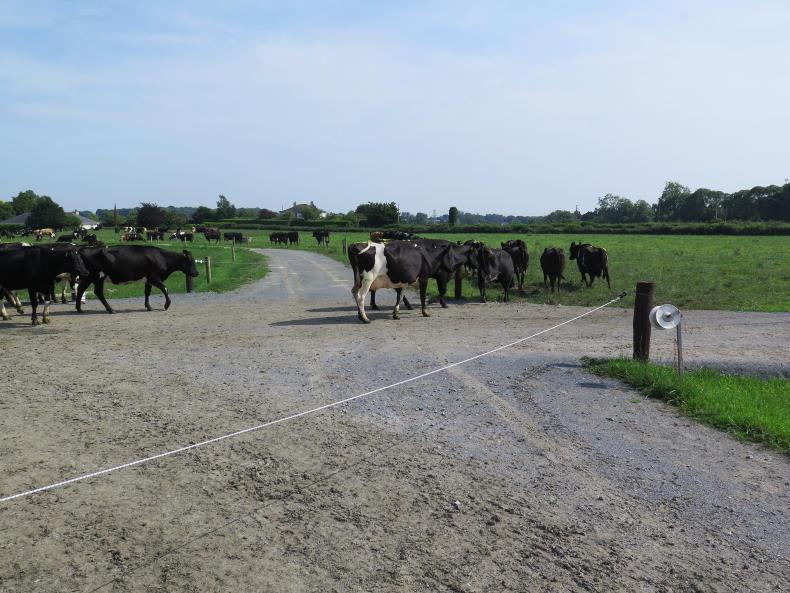
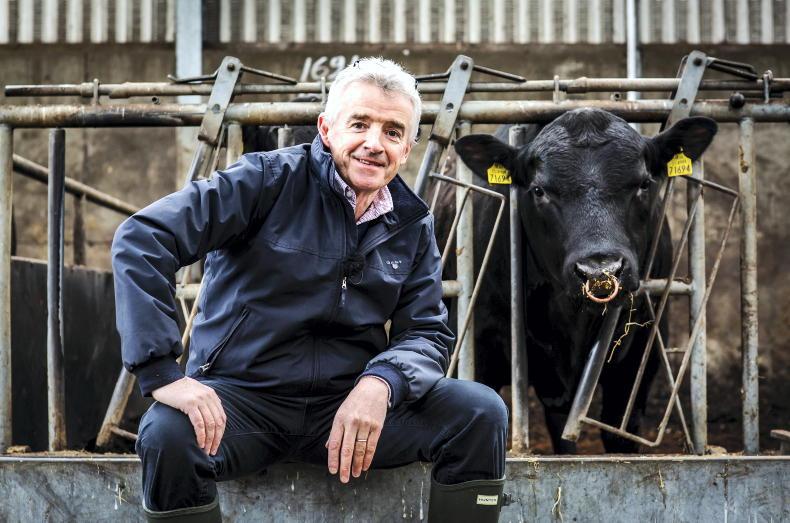
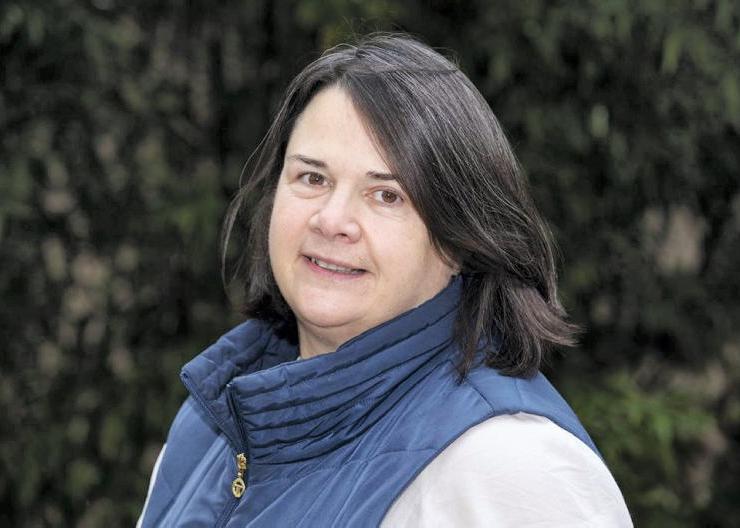
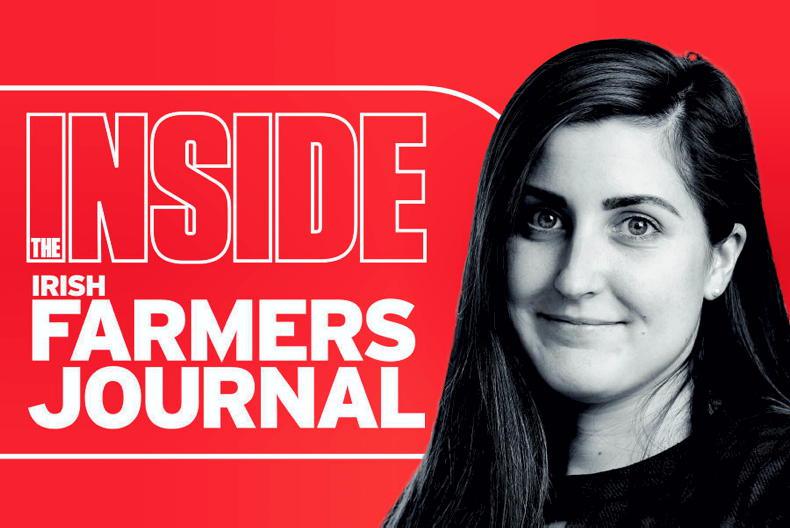
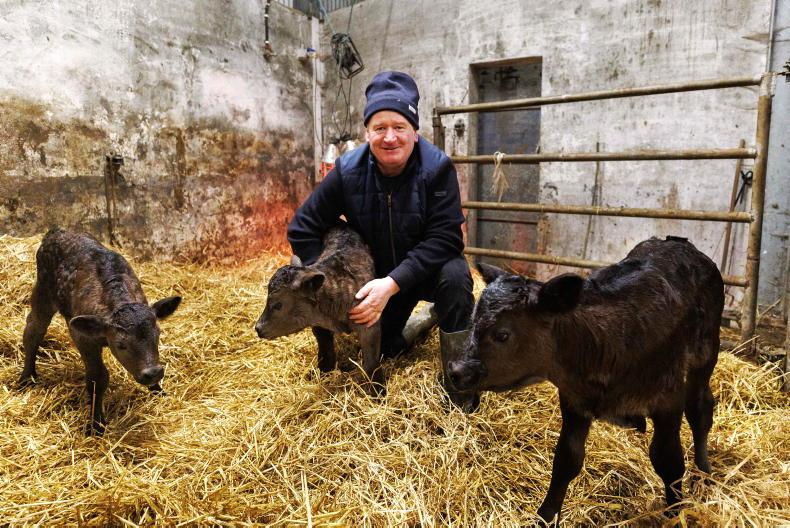
SHARING OPTIONS